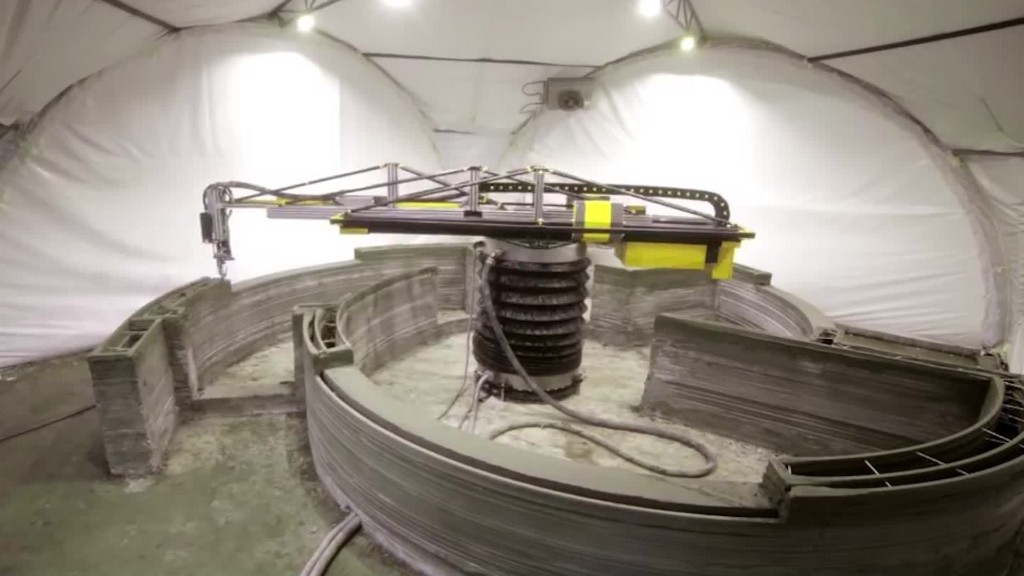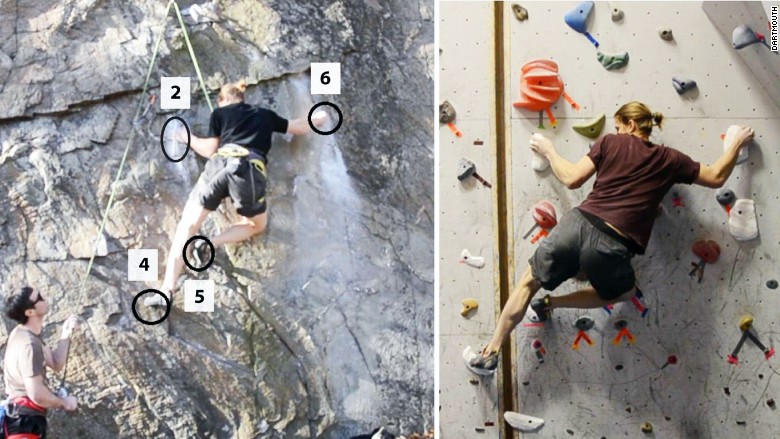
Rock climbers rejoice.
A Dartmouth-led research team has recreated parts of popular rock climbing routes using 3D modeling and digital fabrication.
The research, which was presented Tuesday at a conference in Denver, shows how these technologies can be used to recreate large-scale environments by looking at how people interact with sites in real life. The team reproduced the most difficult sections -- or "cruxes" -- of two expert climbing sites in New Hampshire and Utah, focusing on the main rock features climbers used for their ascent outdoors.
While outdoor routes have long served as an inspiration for indoor climbing gyms, the team's approach would allow climbers to actually test out a real-life route without having to travel there.

Related: This robot can 3D print a building in 14 hours
"By fabricating only key pieces of the rock face, we're able to recreate outdoor environments without the need for oversized gantries or other non-standard manufacturing equipment," said Emily Whiting, lead author of the paper and an assistant professor of computer science at Dartmouth College.
The team took videos and hundreds of photos of the climbers going up the outdoor routes. After collecting the data, they used special algorithms -- called multi-view stereo -- to make highly detailed 3D models from the images.
After the routes, rock features and climbing holds were modeled in 3D, the researchers used rapid prototyping and molding and casting methods to make climbing holds like those at indoor climbing gyms. Their holds are fabricated out of foam with a gritty texture using a computer-controlled cutting machine.
The study found that climbers' moves on the indoor replicas matched their movements outdoors. The participants agreed that the movement felt similar and they liked the idea of climbing a replica of a route that is almost 2,000 miles away.
Related: Adidas unveils new 3D printed shoe
The researchers believe recreating outdoor rock climbing routes will improve indoor training for everyone from beginners to experts. Competitive climbers will be able to train or measure their abilities on some of the hardest climbing routes without having to physically travel across the country.

